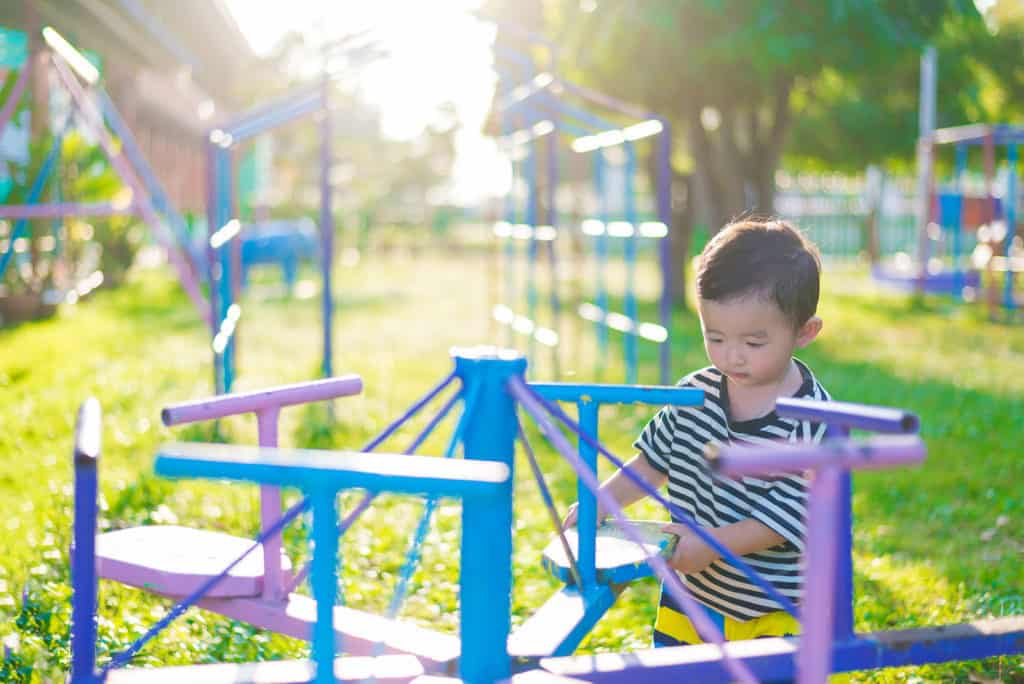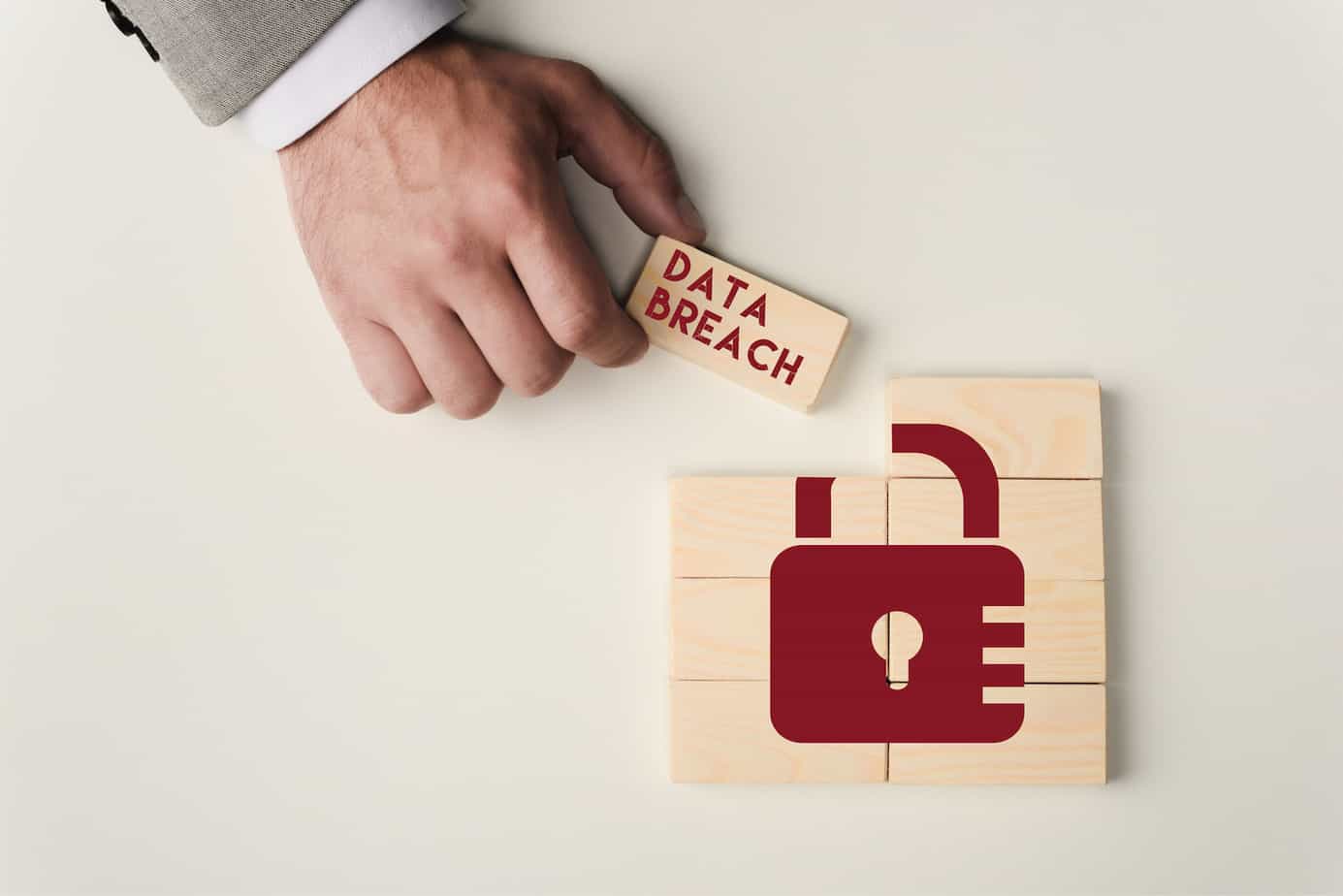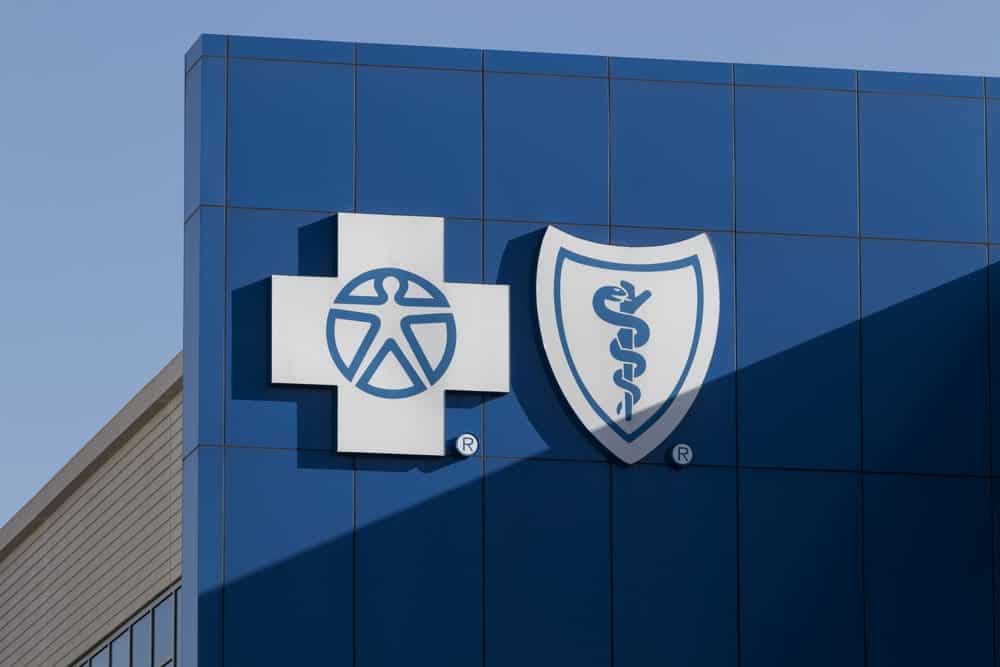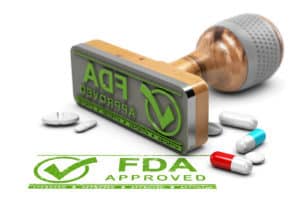For decades, daycare centers have been the solution for busy, working parents who cannot stay home with their children. Daycare centers are supposed to provide a professional, safe, enriching environment for children so that parents can work without worrying about the well-being of their kids.
Parents don’t expect – and shouldn’t have to expect – anything terrible to happen to their child while in daycare. But, unfortunately, there are many cases of neglect and even death that occur at these facilities.
The Benefits of Daycare
About 40% of children under the age of five spend at least part of the week in daycare, which can benefit a child’s development. In addition, a suitable daycare facility can provide the interactive environment children need to excel later in life.
A good daycare center can provide:
- Socialization
- Fun
- Early education
- Better immune systems (kids are exposed to more germs)
But to truly realize these benefits, children must be placed in a facility that provides good care. Unfortunately, that can be a challenge for many parents.
The Hidden Dangers of Daycare Centers
A 2007 survey from the National Institute of Child Health Development found that just 10% of daycare centers provided exemplary care to children.
Unfortunately, the jobs in childcare do not pay well, and caretakers are not appropriately trained in child health and safety. A report from CBS News also found that among 2,000 cases of SIDS (sudden infant death syndrome), 20% of those deaths happened while in daycare.
The U.S. Consumer Product Safety Commission (CPSC) says at least two-thirds of the 220 licensed programs they visited in the U.S. had several safety hazards.
- 8% had cribs that did not meet safety standards
- 19% used soft beddings that increase the risk of SIDS
- 13% didn’t block stairs or other dangerous spots from toddlers and infants
- 26% had loops on window blinds or cords – a strangulation threat
- 5% had items that the CPSC recalled
- 24% lacked safe ground covering outdoors
- 27% failed to maintain their playground surfaces properly
This particular study looked at for-profit, non-profit, and in-home daycare centers.
Signs of Abuse
According to experts., one of the tell-tale signs of abuse is a restriction of parental access. Parents should always have access to their children in daycare centers. If a daycare or an in-home care provider restricts parental access, this should be a significant red flag.
In the case of physical abuse, children typically exhibit visible signs or symptoms, such as:
- Burns
- Bruises, abrasions, and lacerations
- Welts
- Dislocations
- Fractured bones
In addition to physical symptoms, children may also act out with aggressive behaviors, be wary of adults or caregivers, or even be afraid to go home.
Avoiding Daycare Dangers
Avoiding daycare dangers can be a challenge, but it’s essential for parents to ask questions and do their research before choosing a daycare center.
Ask about the facility’s infant care practices (e.g., how do they put infants to sleep?). Then, visit the facility and pay attention to the way things are run.
- How do the providers interact with the children?
- Do the children appear happy and involved?
- What’s the ratio of children to staff members?
It’s up to parents to do their homework and find a safe facility for their children.










